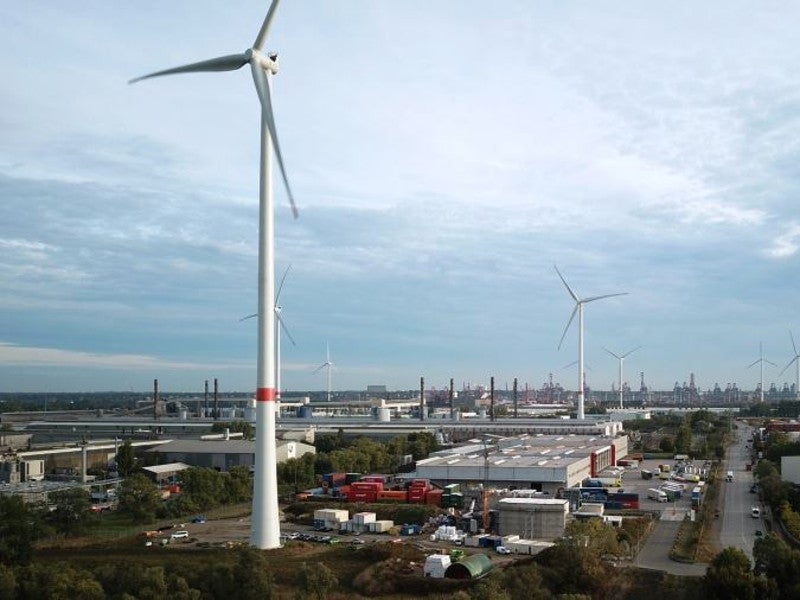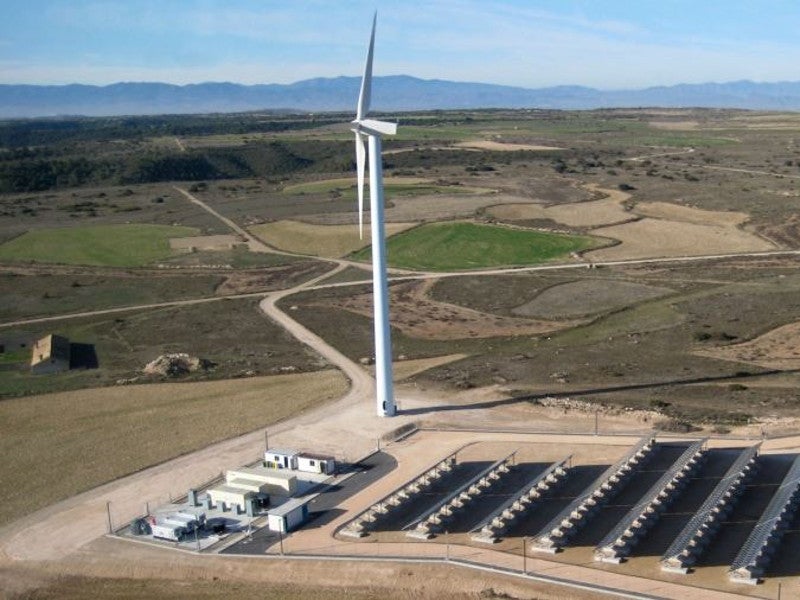The 130MWh Electric Thermal Energy Storage (ETES) demonstration project, commissioned in Hamburg-Altenwerder, Germany, in June 2019, is the precursor of future energy storage solutions with gigawatt-scale charging and discharging capacities.
The pilot project represents the world’s first such innovative solution to store up to 130MWh of thermal energy for a week and produce up to 30MWh of electrical energy by using the stored heat energy.
Siemens Gamesa Renewable Energy (SGRE) developed the ETES system in collaboration with local utility firm Hamburg Energie and the Institute for Engineering Thermodynamics of Hamburg University of Technology.
The Hamburg ETES demonstration facility is designed to draw surplus electricity from the grid, store it in the form of thermal energy, and utilise the same to produce electricity, when it is most needed. The facility is capable of powering 1,500 German households a day.
The 130MWh energy storage demonstration project paves the way for developing a bigger pilot plant with more than 50MW electrical output in 2020. The system will further be scaled-up to store and produce more than 100MW, before its expected commercial rollout in 2022.
ETES project background
Although the conceptualisation of the ETES system is traced back to 2011, the models were developed and validated from 2012 onwards.
A pilot ETES system with 700kW charging power and 5MWh storage capacity was successfully implemented at a test site in 2014.
The proven success of the 5MWh storage system led to the development of the 130MWh ETES pilot plant in Hamburg, the construction on which was started in November 2017.
Financing
The ETES pilot project is funded by the German Federal Ministry of Economics and Energy, under its 6th Energy Research Programme 2011-2016, which aims to develop cost-effective techniques for storage of larger quantities of energy in the country.
Hamburg ETES pilot plant details
The ETES prototype uses 1,000 tonnes (t) of volcanic rocks as the medium for energy storage. The facility is charged using hot air produced with the help of a resistance heater and a blower.
The thermal energy converted from electricity is stored in the volcanic rocks at a temperature between 750°C and 800°C. The facility can also be charged with heat directly.
The Electric Thermal Energy Storage system can store up to 130MWh of thermal energy for a week, which can be converted back into electrical energy using a 1.4MW steam turbine generator that can produce electricity for up to 24 hours.
Efficiency
The ETES system’s energy efficiency for storing direct heat or heat converted from electricity is expected to be 99%.
The energy efficiency for producing electricity from the stored thermal energy is expected to be 45%.
Advantages of the Electric Thermal Energy Storage System
The ETES technology is based on 80% off-the shelf components and provides a flexible solution for storing surplus power and discharging the same during hours of peak electricity demand.
It will thus help maintain the grid stability and complement the renewable power generation.
Use of rocks as the storage medium distinguishes the ETES system as an effective and sustainable design, which can be scaled-up to any size and reproduced anywhere without any limitations on its size and applications.
ETES systems can be deployed as stand-alone baseload facilities as well as add-on facilities at operating power plants.
The modular design of the system allows for implementation of large-scale energy storage solutions for not only renewable energy plants, but also for conventional and combined-cycle power plants.





